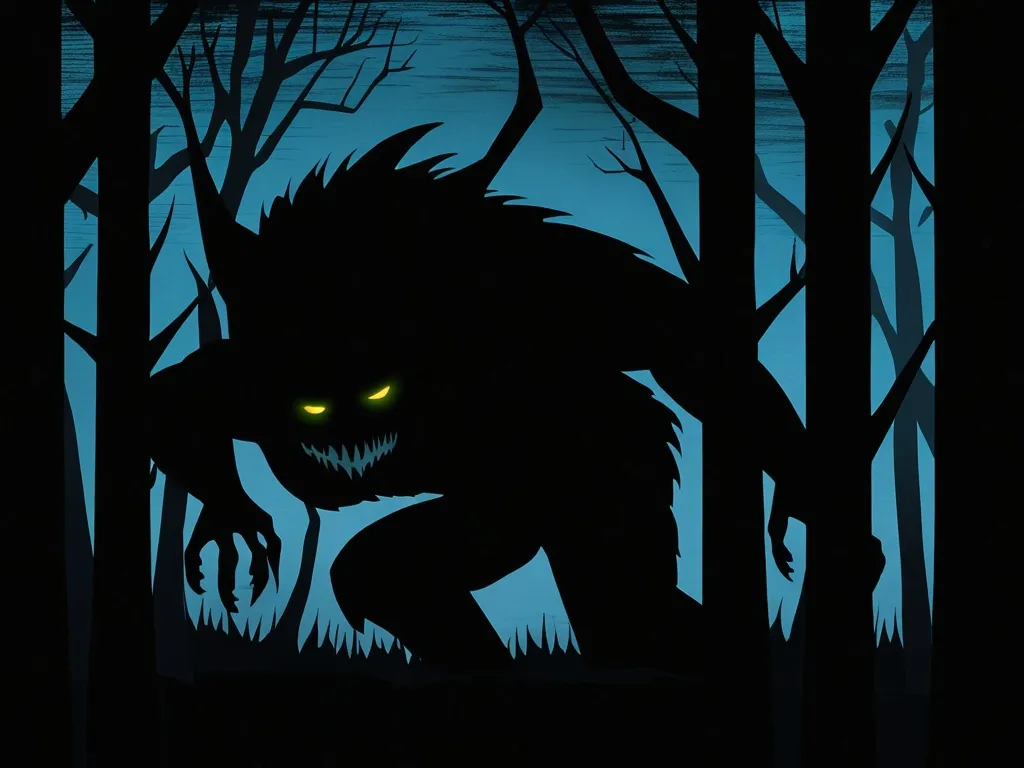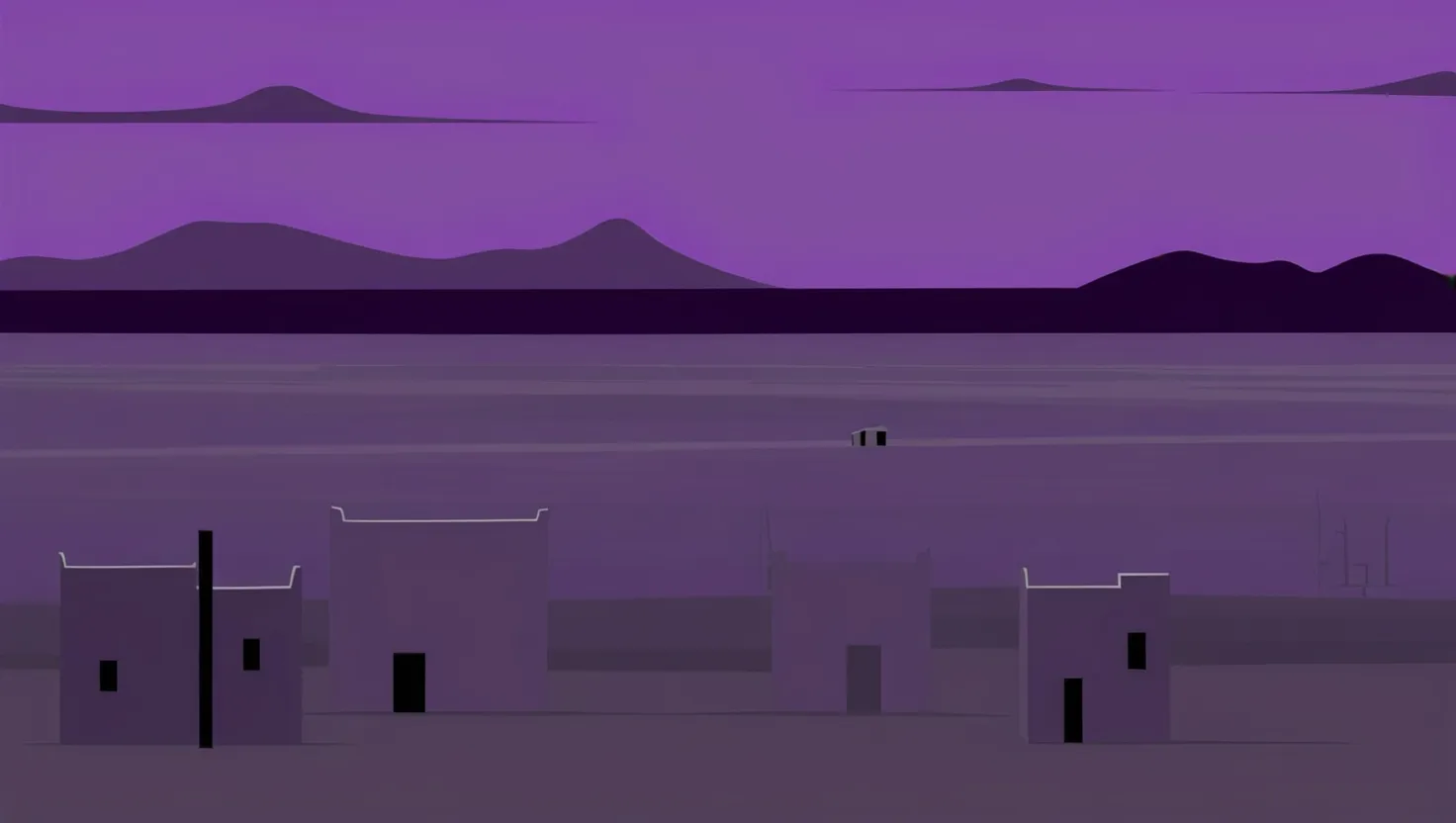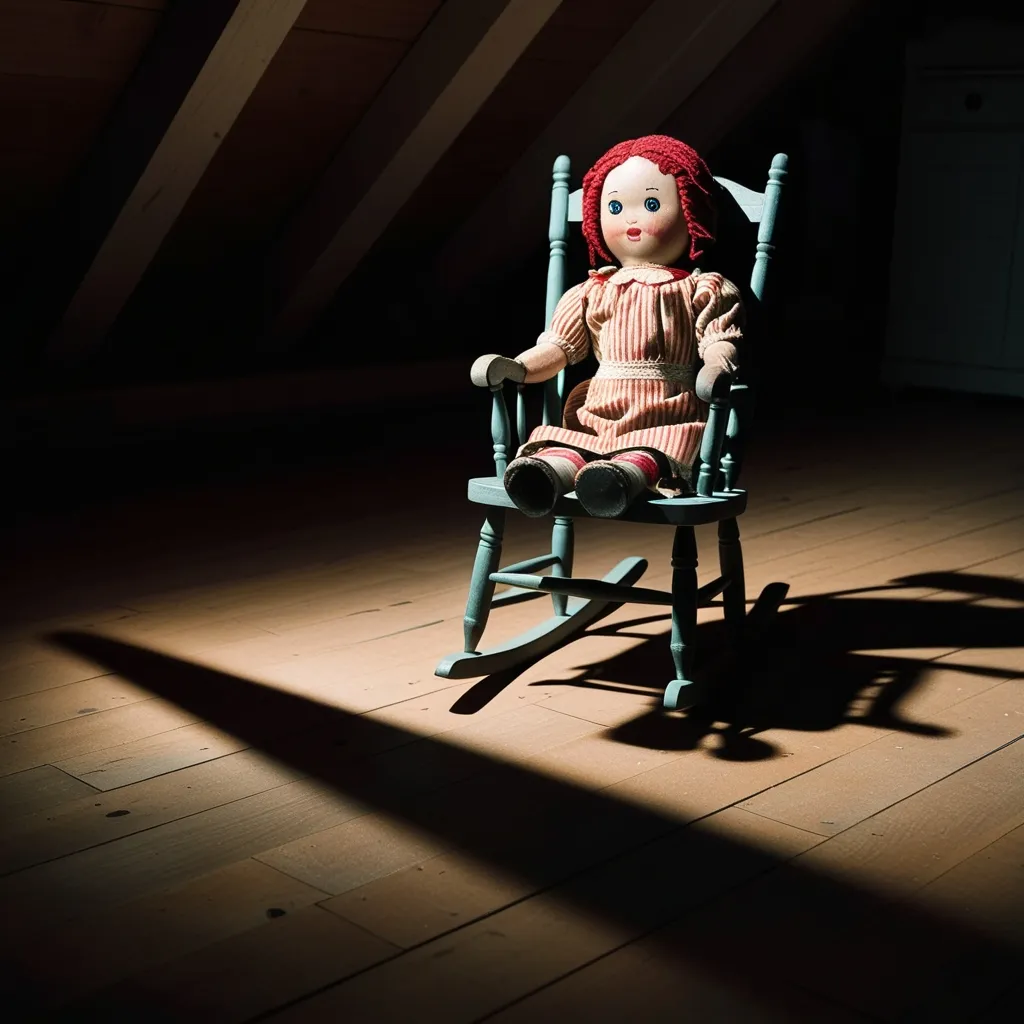The Beast of Gévaudan: A Terrifying Tale of Mystery and Fear
Picture this: You’re strolling through the lush forests of southern France in the 1760s. The air is crisp, leaves rustle softly, and suddenly, a bone-chilling howl pierces the air. Welcome to Gévaudan, where for three years, a mysterious creature known as the Beast terrorized the countryside.
This isn’t just another campfire story. The Beast of Gévaudan was very real to the people who lived through those terrifying times. It’s a tale that blurs the line between fact and fiction, leaving us with more questions than answers even centuries later.
Let’s dive into this fascinating piece of history, shall we?
It all kicked off in 1764. Life in Gévaudan was pretty quiet until then. People went about their business, tending to their farms and families. But then, something changed. Reports started coming in of brutal attacks on locals. And we’re not talking about your run-of-the-mill animal encounters here. These attacks were vicious, calculated, and downright horrifying.
The victims? Mostly women and children, though even some men fell prey to this mysterious beast. The attacks were gruesome - throats ripped out, heads torn from bodies, and in some cases, parts of the victims were actually eaten. It’s enough to make your skin crawl, right?
Now, you might be thinking, “Surely someone saw this creature?” Well, they did. And that’s where things get even weirder. The descriptions of the Beast were all over the place. Some said it was as big as a horse with reddish fur. Others mentioned a dark stripe down its back and crazy sharp claws. And get this - some folks swore it could leap up to 30 feet in a single bound! It’s like a medieval X-Men character gone rogue.
Word of these attacks spread like wildfire. Soon, it wasn’t just Gévaudan that was scared - the whole of France was in a panic. Even King Louis XV got involved, sending his best hunters to track down and kill this monster.
But here’s the kicker - every time someone claimed to have killed the Beast, the attacks would start up again. It was like playing a terrifying game of whack-a-mole. This cycle of “We got it! Oh wait, no we didn’t” went on for years, driving people to the brink of madness.
So, what exactly was this Beast? Well, that’s the million-dollar question, isn’t it? And boy, do people have theories.
The most obvious explanation is that it was a wolf or a pack of wolves. Seems logical, right? Wolves were common in the area and they’ve been known to attack humans when food is scarce. But here’s the thing - the attacks in Gévaudan were off the charts, even for hungry wolves. Modern research tells us that wolves generally prefer to avoid humans. So while it’s possible, it doesn’t quite add up.
Then there’s the hybrid theory. Some folks thought the Beast might be the offspring of a lion and… well, something else. This idea came from a local infantry leader, Captain Jean Baptiste Duhamel. He figured the Beast’s daddy might have been a lion. It’s an interesting thought, but there’s not much hard evidence to back it up.
Speaking of lions, another theory suggests the Beast could have been a young male lion that escaped from a private zoo. Now, before you scoff, consider this - most people in southern France at that time had never seen a lion. If you’ve never seen something before, it’s pretty easy to mistake it for something else, especially if you’re terrified out of your wits.
But wait, it gets weirder. Some people were convinced the Beast was no ordinary animal at all. They believed it was a supernatural creature - a werewolf, perhaps. Now, I know what you’re thinking. Werewolves? Really? But put yourself in their shoes for a moment. You’re living in a time when science is still in its infancy. This creature seems invincible, able to appear and disappear at will. In that context, a supernatural explanation doesn’t seem so far-fetched.
Here’s a theory that might give you chills - what if the Beast wasn’t an animal at all? Some people have suggested that the Beast of Gévaudan might have actually been a human serial killer. Think about it - the attacks were precise, calculated. Maybe someone was using the fear of a wild animal to cover up their own heinous crimes. It’s a disturbing thought, but it adds a whole new layer of complexity to the story.
Now, let’s talk about the power of fear for a moment. When people are scared, really scared, strange things happen. Rumors spread like wildfire. Stories get exaggerated. Before you know it, a large wolf becomes a monstrous beast with supernatural powers. This phenomenon, known as mass hysteria, isn’t unique to Gévaudan. We’ve seen it happen throughout history, and even in modern times.
The Beast of Gévaudan stopped its reign of terror in 1767. But in many ways, that was just the beginning of its story. This tale has inspired countless books, movies, and TV shows. It’s become a part of our cultural fabric, a go-to reference for unexplained mysteries and terrifying creatures.
But why does this story still captivate us, centuries later? I think it’s because it taps into something primal within us. It reminds us of a time when the world was a bit more mysterious, when the shadows held unknown dangers. In our modern, well-lit world, there’s something oddly thrilling about that.
The Beast of Gévaudan is more than just a historical curiosity. It’s a mirror that reflects our deepest fears and our endless fascination with the unknown. It challenges us to question what we know and what we believe.
Was the Beast a wolf, a lion, a hybrid, or something else entirely? Was it a single creature or multiple animals? Or was it something more sinister - a human killer exploiting people’s fears? The truth is, we may never know for sure. And in a way, that’s what makes this story so enduring.
As we look back on the Beast of Gévaudan, we’re reminded that sometimes the truth is more complex than we’d like to believe. It’s not always neat and tidy, with clear answers and explanations. Sometimes, the mystery is the point.
This story also serves as a reminder of our own humanity. It shows us how fear can shape our perceptions, how desperation can lead to belief in the impossible. But it also shows our resilience, our determination to face the unknown and overcome it.
In the end, the Beast of Gévaudan is more than just a tale of a mysterious creature. It’s a story about us - our fears, our beliefs, our quest for understanding. It’s a reminder that even in our modern, scientific world, there’s still room for mystery and wonder.
So the next time you’re walking through a dark forest and hear a strange howl in the distance, remember the Beast of Gévaudan. Who knows? Maybe there are still mysteries out there waiting to be uncovered. And isn’t that a thrilling thought?






